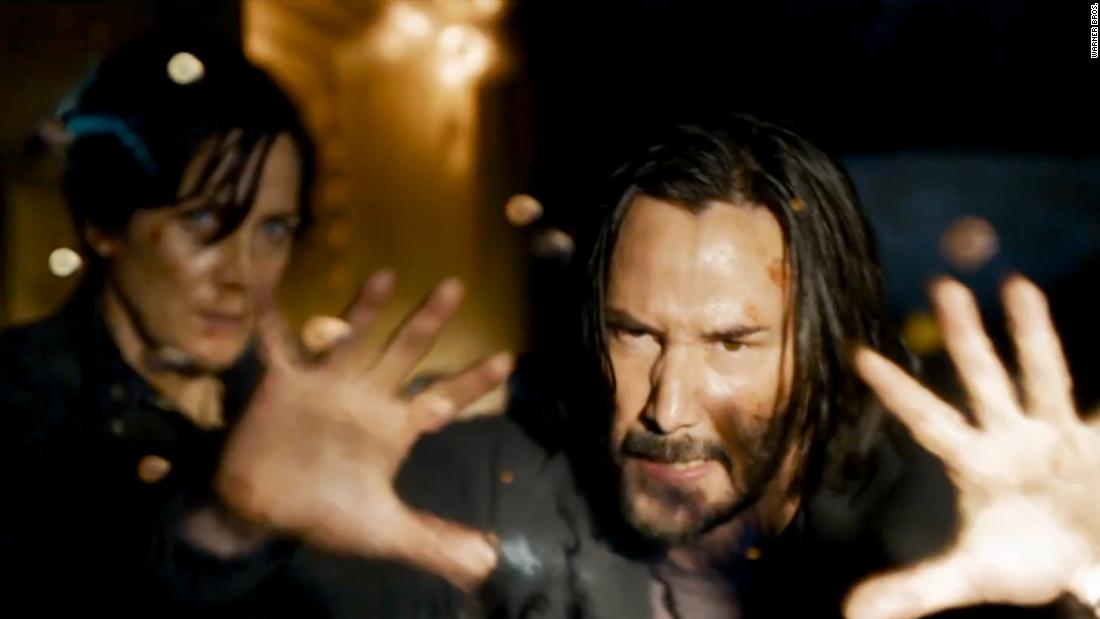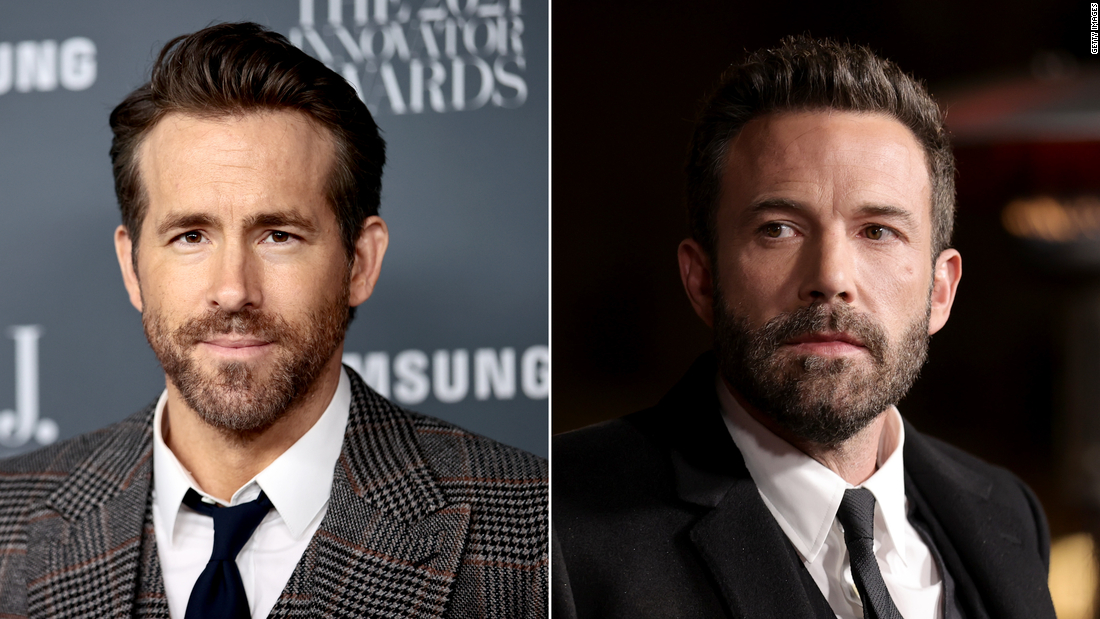The Impact of Cinematography in Modern Films
Cinematography is an art form that plays a crucial role in modern films. It involves capturing moving images through the lens of a camera, manipulating lighting, composition, and camera movement to create visually captivating scenes. The impact of cinematography goes beyond aesthetics; it influences storytelling, evokes emotions, and enhances the overall cinematic experience for viewers. In this article, we will explore the significance of cinematography in modern films and its profound effects on the audience.
The Role of Cinematography in Storytelling
Cinematography serves as a powerful tool in conveying the narrative of a film. Through careful composition, framing, and camera movements, cinematographers can visually communicate the essence of the story. They work closely with the director to ensure that the visuals align with the intended message, creating a seamless integration of visuals and storytelling.
Visual Language and Mood Setting
Cinematography establishes the visual language of a film, setting the tone and atmosphere for each scene. Lighting, color palettes, and camera angles all contribute to the overall mood of the film. Whether it's a vibrant and energetic sequence or a dark and suspenseful moment, cinematography creates an emotional connection with the audience.
Enhancing Characters and Relationships
Through cinematography, characters are brought to life on the screen. The way they are framed, their positioning in the frame, and the use of depth of field all contribute to the portrayal of their personalities and relationships. Cinematographers use visual techniques to highlight character traits, create intimacy, or establish distance between characters, further engaging the audience with the narrative.
Creating Immersive Environments
Cinematography has the power to transport viewers into different worlds and environments. By carefully selecting locations, utilizing wide-angle shots, or employing visual effects, cinematographers can create a sense of place that immerses the audience in the story. From vast landscapes to intricate sets, the visual elements enhance the authenticity and believability of the film's world.
Evoking Emotions Through Visual Techniques
Visual techniques such as camera movements, framing, and editing can evoke a wide range of emotions in the audience. A smooth, flowing camera movement can create a sense of serenity or elegance, while a shaky handheld shot can convey tension or chaos. The creative use of close-ups or wide shots can amplify the emotional impact of a scene, making the audience feel connected to the characters and their experiences.
Symbolism and Metaphors in Cinematography
Cinematography allows for the use of symbolism and metaphors to convey deeper meanings within a film. Through visual cues, such as recurring motifs, color symbolism, or visual metaphors, cinematographers can add layers of complexity to the story. Symbolic visuals often invite viewers to interpret and engage with the film on a deeper level, fostering a richer cinematic experience.
Advancements in Technology and Cinematic Innovations
Technological advancements have revolutionized cinematography in modern films. From the use of drones for aerial shots to digital cameras that offer greater flexibility in capturing high-quality footage, cinematographers now have access to a wide range of tools and techniques. These innovations have expanded creative possibilities, allowing filmmakers to push boundaries and experiment with new visual styles.
The Influence of Cinematography on Genres
Cinematography plays a significant role in shaping the aesthetics and conventions of various film genres. From the gritty and dark cinematography of film noir to the vibrant and colorful visuals of musicals, different genres utilize distinct cinematographic techniques to create a unique cinematic experience. The visual language of a genre can immediately convey its identity and appeal to specific audience preferences.
Cinematography as a Collaborative Process
Cinematographers collaborate closely with directors, production designers, and other members of the film crew to achieve a cohesive visual vision. They work together to align the cinematography with other elements such as production design, costumes, and visual effects. This collaborative approach ensures that the visual aspects of the film seamlessly integrate with the overall artistic vision.
The Impact of Cinematography on Audience Reception
Cinematography greatly influences how audiences perceive and engage with a film. Stunning visuals can captivate viewers, leaving a lasting impression and generating positive word-of-mouth. Additionally, cinematography contributes to the overall enjoyment of the film, as it enhances the immersion and emotional resonance of the storytelling. The visual appeal of a film can also attract a wider audience, drawing them into the cinematic experience.
Cinematography Awards and Recognitions
The significance of cinematography is recognized through prestigious awards such as the Academy Awards for Best Cinematography. These awards celebrate the exceptional skills and creativity of cinematographers, bringing attention to their contributions in shaping the art of filmmaking. The recognition received through these awards also highlights the importance of cinematography within the film industry.
Cinematography Techniques in Iconic Films
Many iconic films are remembered for their groundbreaking cinematography. From Orson Welles' "Citizen Kane" to Stanley Kubrick's "2001: A Space Odyssey," these films pushed the boundaries of cinematographic techniques and became benchmarks for future generations of filmmakers. Their innovative use of lighting, framing, and camera movements continues to inspire cinematographers today.
Future Trends and Emerging Cinematic Styles
As technology continues to advance, cinematography is likely to undergo further transformations. New tools and techniques will allow for greater experimentation and creative expression. Emerging filmmakers are already exploring unique styles and visual approaches, challenging traditional norms and pushing the boundaries of cinematography. The future holds exciting possibilities for the art form.
The Relationship Between Cinematography and Film Directing
Cinematography and film directing are closely intertwined. The director and cinematographer collaborate to bring the director's artistic vision to life through visual storytelling. They work together to make decisions regarding shot composition, camera movement, and overall visual style. The cinematographer's expertise in capturing images aligns with the director's storytelling instincts, resulting in a cohesive and visually compelling film.
The Evolution of Cinematography Over Time
Cinematography has evolved significantly since the early days of filmmaking. From black-and-white silent films to the advent of color, the introduction of digital cinematography, and the rise of CGI, the art form has continuously adapted to technological advancements. Each era has brought new possibilities and challenges, shaping the way films are visually crafted and experienced.
Cinematography is a powerful storytelling tool that has a profound impact on modern films. It goes beyond aesthetics, influencing the narrative, evoking emotions, and creating immersive cinematic experiences. As technology advances, cinematography will continue to evolve, pushing the boundaries of creativity and enhancing the way stories are visually communicated. The artistry and craftsmanship of cinematographers play a vital role in shaping the future of filmmaking.










 English (US) ·
English (US) ·